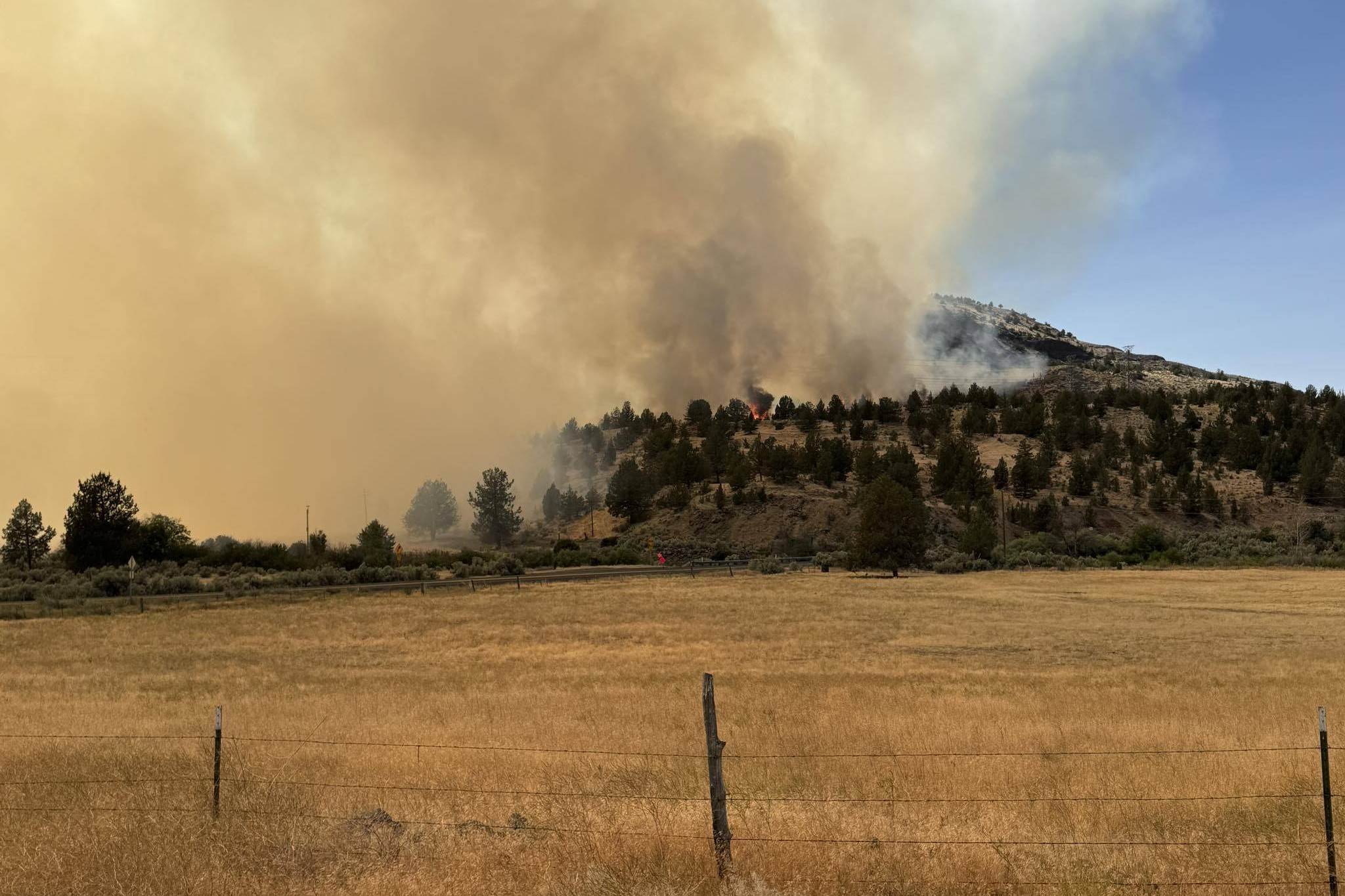
What caused the Cram Fire in Oregon? The Cram Fire in Oregon was sparked by a lightning strike during a severe thunderstorm. This natural event ignited dry vegetation, which quickly spread due to strong winds and low humidity. Wildfires like this are common in the region, especially during the summer months when conditions are ripe for rapid fire growth. Firefighters worked tirelessly to contain the blaze, but the rugged terrain and unpredictable weather made their efforts challenging. Understanding the causes and impacts of such fires is crucial for better preparedness and response in the future. Here are 25 facts about the Cram Fire that shed light on its origins, progression, and aftermath.
The Cram Fire: An Overview
The Cram Fire in Oregon has been a significant event with many aspects worth noting. From its origins to its impact, here are some key facts that paint a comprehensive picture of this wildfire.
-
The Cram Fire started on July 15, 2023. This wildfire ignited in the dry, forested areas of southern Oregon, quickly spreading due to strong winds and dry conditions.
-
The fire was named after the Cram Creek area. This location is where the fire initially broke out, giving it its name.
-
Over 10,000 acres were burned. The fire consumed a vast area of forest, affecting wildlife habitats and natural resources.
-
Evacuations were ordered for nearby communities. Residents in the path of the fire had to leave their homes to ensure their safety.
-
Over 1,000 firefighters were deployed. Firefighting teams from various regions came together to combat the blaze.
Environmental Impact
Wildfires like the Cram Fire have significant effects on the environment. Here are some facts about the environmental consequences of this fire.
-
The fire destroyed critical wildlife habitats. Many animals were displaced as their homes were consumed by flames.
-
Air quality was severely affected. Smoke from the fire caused hazardous air conditions, impacting both human health and the environment.
-
The fire contributed to soil erosion. The loss of vegetation left the soil exposed, increasing the risk of erosion.
-
Water sources were contaminated. Ash and debris from the fire polluted nearby rivers and streams.
-
The fire released large amounts of carbon dioxide. This contributed to greenhouse gas emissions, exacerbating climate change.
Human Impact
The Cram Fire didn't just affect the environment; it also had a profound impact on people living in the area.
-
Homes and properties were destroyed. Many residents lost their homes and belongings to the fire.
-
Local businesses suffered. The fire disrupted local economies, with many businesses having to close temporarily or permanently.
-
Emergency shelters were set up. Evacuees were provided with temporary housing and essential supplies.
-
Community support was overwhelming. People from neighboring areas and beyond offered help and donations to those affected.
-
Mental health services were provided. The trauma of losing homes and the stress of evacuation led to an increased need for mental health support.
Firefighting Efforts
The efforts to control and extinguish the Cram Fire were extensive and involved multiple strategies and resources.
-
Aerial firefighting was crucial. Helicopters and planes dropped water and fire retardant to slow the spread of the fire.
-
Firebreaks were created. These gaps in vegetation helped to stop the fire from spreading further.
-
Controlled burns were used. Firefighters set smaller, controlled fires to consume fuel and create barriers.
-
Firefighting teams worked around the clock. Crews worked in shifts to ensure continuous efforts to control the fire.
-
Coordination with local authorities was essential. Effective communication and planning between firefighting teams and local governments helped manage the crisis.
Recovery and Future Prevention
After the fire was contained, efforts shifted to recovery and preventing future wildfires.
-
Reforestation plans were initiated. Efforts to replant trees and restore the forest began soon after the fire was contained.
-
Community rebuilding efforts started. Residents and local authorities worked together to rebuild homes and infrastructure.
-
Fire prevention education was increased. Programs to educate the public about fire safety and prevention were implemented.
-
New fire management policies were introduced. Lessons learned from the Cram Fire led to changes in how wildfires are managed in the region.
-
Ongoing monitoring of the area continues. Authorities keep a close watch on the affected area to prevent future fires and ensure recovery efforts are successful.
Final Thoughts on the Cram Fire in Oregon
The Cram Fire in Oregon left a significant mark on the region. It burned thousands of acres, affecting wildlife, homes, and the environment. Firefighters worked tirelessly to control the blaze, showcasing their bravery and dedication. The fire highlighted the importance of fire safety and preparedness. Communities came together, offering support and resources to those affected. The event also underscored the need for better forest management and preventive measures to reduce the risk of future fires. Understanding the causes and impacts of such fires can help in creating more effective strategies for fire prevention and response. The Cram Fire serves as a reminder of nature's power and the resilience of communities in the face of adversity. Stay informed, stay prepared, and support efforts to protect our forests and homes from future wildfires.
Was this page helpful?
Our commitment to delivering trustworthy and engaging content is at the heart of what we do. Each fact on our site is contributed by real users like you, bringing a wealth of diverse insights and information. To ensure the highest standards of accuracy and reliability, our dedicated editors meticulously review each submission. This process guarantees that the facts we share are not only fascinating but also credible. Trust in our commitment to quality and authenticity as you explore and learn with us.
